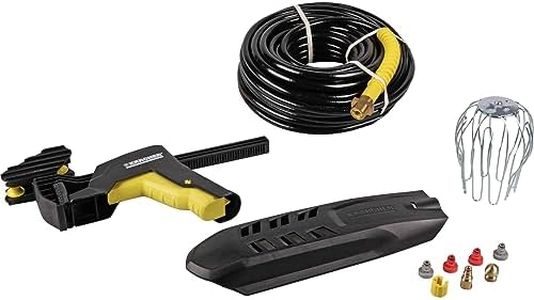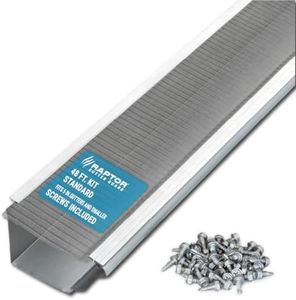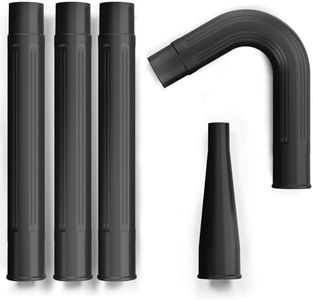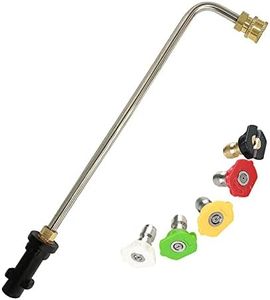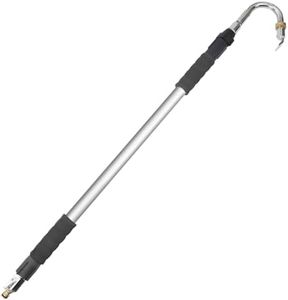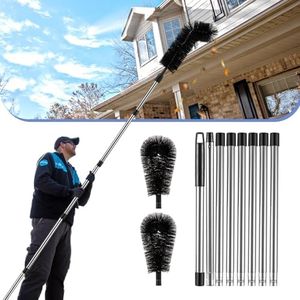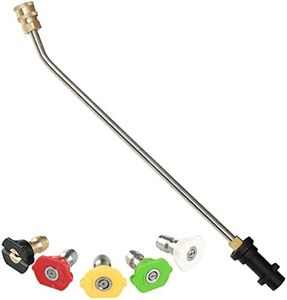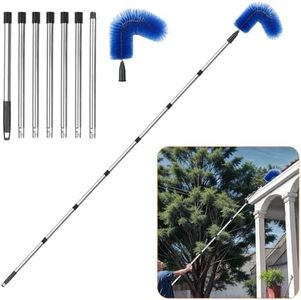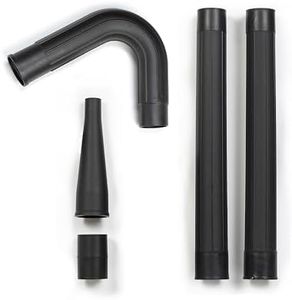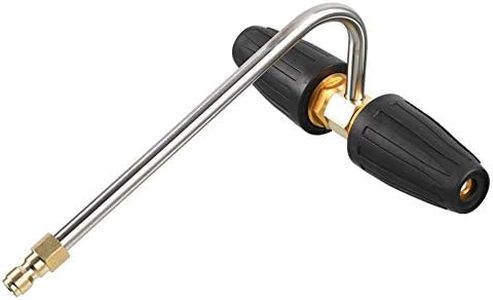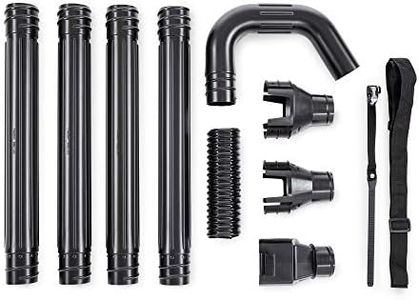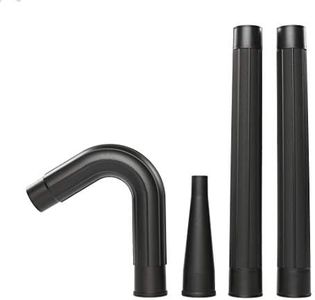We Use CookiesWe use cookies to enhance the security, performance,
functionality and for analytical and promotional activities. By continuing to browse this site you
are agreeing to our privacy policy
10 Best Rain Gutter Cleaning Tools
From leading brands and best sellers available on the web.Buying Guide for the Best Rain Gutter Cleaning Tools
Choosing the right rain-gutter-cleaning tool can make the task safer, easier, and more effective. Gutters play an important role in directing water away from your home's foundation, so keeping them free from leaves and debris is essential. When picking a gutter cleaning tool, focus on features that match your home’s size, your personal mobility, and your comfort level with maintenance tasks. Think about whether you prefer to work from the ground or from a ladder, and consider the type of debris you most often deal with. By understanding the main features of rain-gutter-cleaning tools, you can select a product that helps keep your gutters clear with less effort and more safety.Reach/Extension LengthReach or extension length refers to how far the tool can extend, either by a telescoping handle or additional attachments. This is important because it determines whether you can clean your gutters from the ground or if you'll need a ladder. Tools are often categorized as short (up to 6 feet), medium (6–12 feet), or long (over 12 feet). For single-story homes or low gutters, a shorter reach may suffice. For two-story homes or tall gutters, a longer extension is recommended so you can stay safely on the ground.
Tool Head DesignThe tool head is the part that does the actual cleaning, and its design affects how well you can scoop, brush, or dislodge debris. Heads can be simple scoops, brushes, tongs, or even blower attachments. Scoops are good for wet leaves and heavy buildup, while brushes work well for dry debris and sweeping action. Combo heads offer both. Matching your debris type—such as twigs, pine needles, or leafy clogs—to the head design will help you get the most efficient cleaning.
Material and DurabilityRain-gutter tools can be made from plastic, aluminum, or steel, affecting weight and durability. Plastic is lightweight and rustproof but may not endure heavy-duty cleaning or frequent use. Aluminum is light and resistant to rust, while steel is the strongest but can be heavier and prone to rust if not cared for. If you need a tool for occasional cleaning, plastic may suffice; for frequent or tough jobs, focus on heavier, durable materials.
Ease of UseEase of use considers how comfortable and simple the tool is to maneuver, including grip comfort, tool weight, and how easily parts are adjusted or replaced. Lightweight, ergonomic designs are best for those who have limited strength or will be using the tool for long periods. Look for non-slip handles, smooth telescoping functions, and intuitive tools if you want the experience to be as user-friendly as possible.
Compatibility with AccessoriesSome gutter cleaning tools can connect to other accessories such as garden hoses, pressure washers, or vacuums. This expands their use and makes cleaning more versatile. Water-fed heads or vacuum adapters are ideal for users who want minimal manual work or need to remove compacted debris. Check your home's current equipment and choose a tool that works with what you have if you want to maximize efficiency.
Safety FeaturesSafety features such as locking extension poles, non-slip grips, or stabilizer add-ons help prevent accidents and improve stability. If you feel uneasy on ladders or have high gutters, prioritizing safety features will reduce risk. For ground-based cleaning, a stable, lightweight pole with secure locks is essential for confidence and control.
